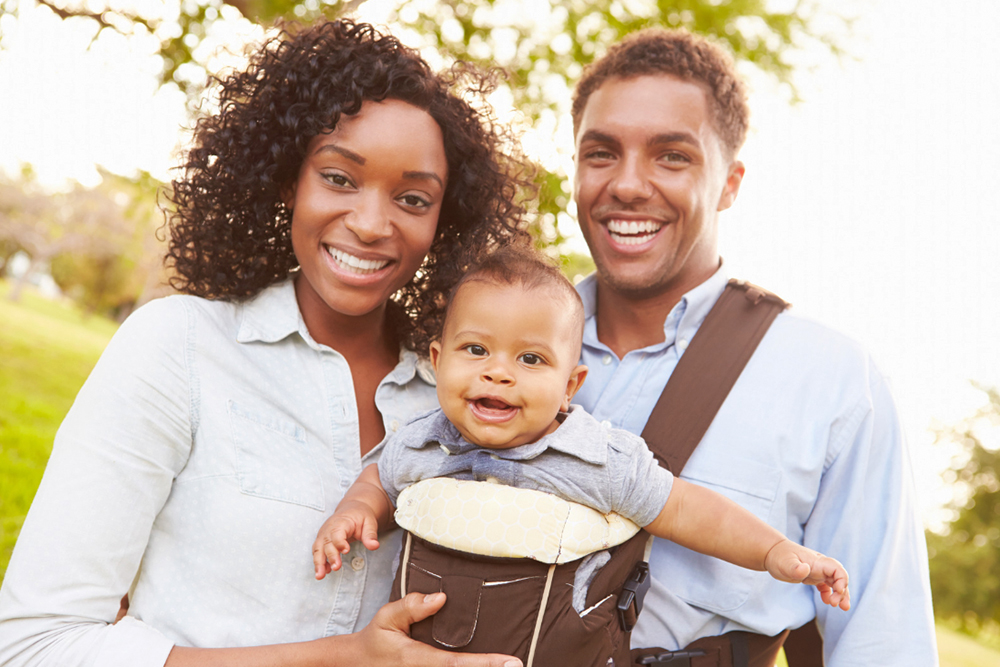
30 Aug The Benefits of Wearing Your Baby
Baby-wearing is an age-old tradition that has been practised for centuries. In ancient civilizations, mothers used simple cloth wraps or slings to keep their babies close while managing daily tasks like farming and gathering. This practice was driven by necessity; with no modern conveniences like strollers, keeping infants securely attached allowed mothers to work while ensuring the safety and comfort of their babies.
The concept of baby-wearing was crucial for survival, as high infant mortality rates of the time meant that proximity to the mother was essential for a baby’s well-being. Over time, various cultures developed their own methods and styles of baby-wearing, reflecting their unique traditions and practical needs.
In South Africa, the practice of baby-wearing is deeply embedded in social customs and communal life, embodying values of close family bonds and continuity of cultural traditions. Zulu, Xhosa, and Sotho communities used fabric wraps and slings to facilitate mobility for mothers and caregivers while keeping their babies secure. These wraps, often made from brightly coloured and intricately patterned cloths, are functional and hold cultural significance.
Despite modern advancements in baby gear, baby-wearing remains a respected practice around the world today.
Promotes strong attachment
A study at Columbia University compared the levels of attachment of babies carried in a baby carrier vs. babies carried in a car seat. Results indicated that at 13 months old, babies who were carried in wearable carriers were significantly more likely to demonstrate a strong and secure attachment to their mothers (Anisfeld, Casper, Nozyce, & Cunningham, 1990). Secure attachment is crucial for healthy emotional development and establishes a strong foundation for positive relationships throughout life.
Reduces crying
Baby-wearing has been shown to reduce infant crying, especially during periods of fussiness. When a baby is carried close to their parent’s body, they benefit from constant physical contact, which provides a sense of security and comfort. This calming effect helps to soothe the baby, making them feel more regulated and content. As a result, parents experience less stress and can more easily manage their daily routines, knowing that their baby is calm and comforted.
Facilitates learning
Babies in a content and safe environment become more alert and aware of their surroundings, creating the perfect environment for learning. This also provides the parent with an opportunity for increased interaction and bonding time with their baby. Carried babies can learn language more quickly since they are positioned at voice and eye level. They become more involved in conversations and begin to learn how to listen.
Convenient for breastfeeding
Baby-wearing enhances breastfeeding by making it more convenient and discreet. Carrying your baby close in a carrier facilitates easier access for nursing, encouraging more frequent feedings. Regular breastfeeding supports the mother’s milk supply and ensures the baby receives optimal nutrition, making baby-wearing a practical and supportive choice for successful breastfeeding.
Advances social development
Baby-wearing significantly advances social development by fostering close physical contact and interaction. When carried close, babies are more exposed to their caregivers’ expressions and social cues, enhancing their social skills and emotional bonding. This constant engagement helps them better understand and respond to social interactions, supporting their overall social and emotional growth from an early age.
Healthy hip development
Carrying your baby in a carrier supports healthy hip development by ensuring their hips are flexed and abducted in the optimal “M-position.” This position promotes proper hip joint alignment and reduces the risk of hip dysplasia. By maintaining this natural and supportive posture, baby-wearing helps foster healthy growth and development of the baby’s hips.
Oxytocin and prolactin release
Baby-wearing stimulates the release of oxytocin and prolactin in mothers – hormones crucial for bonding and breastfeeding. Close physical contact during baby-wearing enhances maternal oxytocin levels, promoting emotional connection and reducing stress. Simultaneously, prolactin is elevated, supporting milk production and lactation. This hormonal boost facilitates a stronger bond between mother and baby while ensuring effective breastfeeding.
Establishes independence earlier
When babies are carried, they encounter normal environmental sounds with reassurance rather than fear. This close contact allows them to use these sounds as learning opportunities while the caregiver’s soothing voice helps them overcome any distress. As a result, babies develop a positive association with new sounds and their environment, fostering greater comfort and independence as they explore with confidence.
Eases parental stress and anxiety
Baby-wearing can significantly ease parental stress and anxiety by providing a calming effect for mothers and fathers alike. Keeping a baby close helps reduce symptoms of postpartum depression and anxiety by fostering a strong emotional connection and improving overall well-being. This physical closeness allows parents to engage more positively with their infants, enhancing mental health and strengthening the parent-child bond.
Provides a sense of calmness
Carrying a baby satisfies their primal need for closeness and security, resulting in a calming effect. The constant physical contact mimics the comfort of the womb, helping to soothe the baby and regulate their emotions. This close interaction helps regulate the baby’s emotions, reducing stress and promoting a tranquil state, which supports their overall sense of well-being and calm.
Decreases the risk of flat head syndrome
Baby-wearing reduces the risk of flat-head syndrome by preventing extended periods of time spent lying flat, which is common with car seats and sleeping on their backs. Unlike car seats, baby-wearing keeps the baby in an upright or varied position, minimizing pressure on the head. Additionally, babies can be carried while sleeping, further decreasing their time in a flat position and promoting healthier head shape development.



No Comments